Artichokes: Everything You Need To Know
Today, it’s all about artichokes and everything you need to know about them. How do you eat your artichokes? Do you enjoy adding sauteed artichokes to help sweeten up the flavor to some of your favorite recipes?
Or do you simply enjoy boiling them and smothering them in melted butter? If you haven’t tried artichokes on a pizza, you don’t know what you’ve been missing. Keep reading to discover how to grow artichokes from start to finish.
If you are looking to where to purchase garden seeds, this is where I buy them. I can’t wait to pick my first tomato every year, what about you? Where I buy mine: SeedsNow
How to Grow Artichokes
They are actually apart of the fruit family, but the way they are eaten they are classified as a vegetable. Artichokes are mild and slightly sweet tasting, filled with minerals and a number of nutrients.
They also provide you with several health benefits, including lowering your blood sugar, improving your digestive system, lowering cholesterol, and improving your liver health.
Do you have a vegetable garden in your backyard and are considering adding artichokes to its repertoire? If you are, you’re in luck. We’ll tell you everything you need to know, and what you can expect while growing artichokes from start to finish.
Germinating
There are 3 ways that you can start your own artichoke garden, but we’re going to start you clear back at the beginning. You don’t want to wait to begin germinating at the beginning of spring.
You’ll want to get a head start, about 8 to 12 weeks before the last frost. They also need to be in temperatures of at least 70 degrees during this time, so your home is the perfect place.
Just before the last frost, it’s time to move the seedlings outdoors, in a process called hardening off. Temperatures should be around 50 degrees during this time.
Planting
Artichokes do best in soil that is sandy, drains well, yet still is rich in nutrients. Direct sunlight is also very important for the growth of an artichoke.
While some shade during the day is okay, it might slightly stunt the growth of your plants.
You’ll want to plant them at least 4 feet apart. You’ll want to plant them about 1/8-inch deep and keep the rows at least 2-4 feet apart. They also like to eat a lot.
Right after planting, make sure that you add a cup of organic fertilizer or compost to each plant. It’s also a good idea to add mulch around the base of the plants so that the soil stays cool.
It’s not a bad idea to have a few other vegetable companions close by your artichokes.
Cucumbers, radishes, peas, broccoli, and rutabaga, provide extra nutrients and nitrogen in the soil that help artichokes thrive. The end result will be a more bountiful artichoke harvest.
Watering
One of the best ways to ensure that the texture of your artichokes doesn’t become tough is by making sure they are well-watered.
You’ll want to make sure that you water each plant at least 3 times throughout the week, especially if you’re entering into a dry spell.
Fertilizing
About once every two weeks, you’ll want to add fertilizer to your artichoke plants. That way you can rest assured that they are getting all the extra boost that they need to do well.
Harvesting
You’ll want to harvest your artichokes when they’ve reached full size, and before they begin opening. When you go to harvest it, make sure that you don’t just cut off the flower.
You’ll want to make sure that you cut off at least 1 to 3 inches of the stem as well. It’s also important to keep in mind that certain types of artichokes do not produce their first year.
Sometimes it takes until their second year before you can harvest a crop.
How Long Until Harvest?
It really depends on where you live, but you can expect them to reach maturity between 85 and 100 days. You’ll notice that the central bud will ripen first, and then the outer buds will follow.
How to Know When an Artichoke is Ripe
Size is about the easiest way to know when an artichoke is ripe or not. The central bud will be around 3 to 5 inches in diameter, while the outer buds will be between 1 to 3 inches.
It’s important that you don’t wait too long to harvest or they’ll become tough, or begin sprouting in beautiful flowers.
Do Artichokes Come Back Each Year?
Artichokes thrive in climates that have mild winters, and summers that are cooler and wetter. That being said, yes, artichokes are a perennial that will come back every year, in the right conditions.
Some farmers have reportedly had artichoke crops that have returned for over 15 years. If you live in a region where winter temperatures drop below 50 degrees, you’ll want to plan them as annuals, and start off fresh each year.
Types of Artichokes for you to Plant
There’s more than just one kind of artichoke for you to consider planting. Here are the most common ones for you to choose from.
Green Globe Artichokes
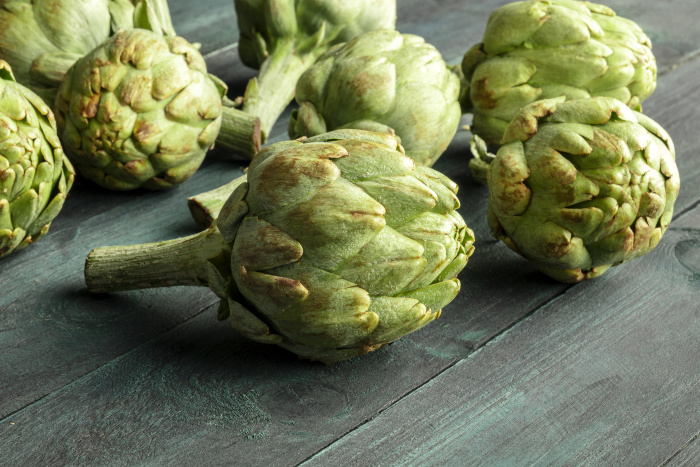
This new and improved artichoke called the green globe provides you with big green flowers and 3 to 4 heads throughout the summer. They do not do well in conditions that are not ideal.
Imperial Star Artichokes
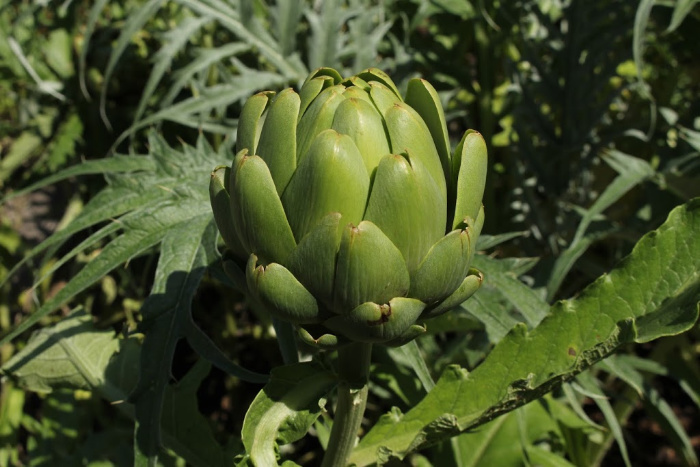
The Imperial Star artichoke is more adaptable to different temperatures and is meant to be grown as an annual. If you live in zone 6, Imperial Stars might be the way to go.
Big Heart Artichokes
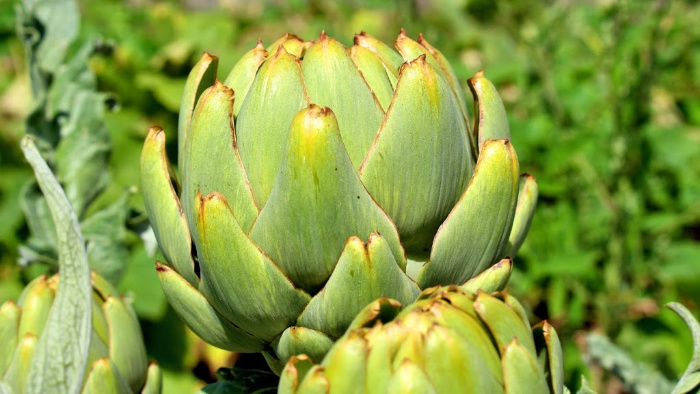
Big heart artichokes are a slightly purple flower that tastes similar to the globe. They can also handle hotter temperatures for those of you that live in hotter regions.
Violetto Artichokes
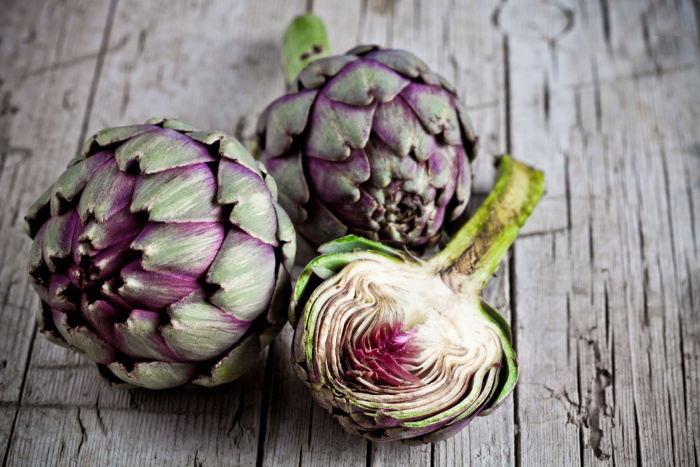
The purple Violetto artichoke is from northern Italy and produces many elongated heads that are 3 to 5 inches long. Now, this is how you grow artichokes!
The Purple of Romagna Artichokes
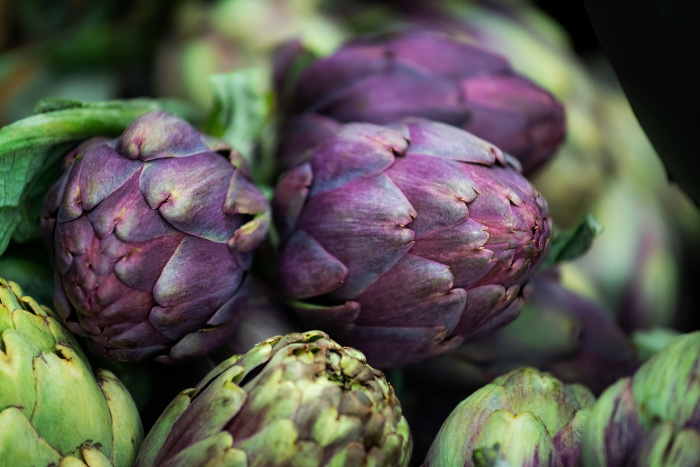
Chefs prefer to use the purple of Romagna artichoke, which has large heads, that can be purple or green. These plants can grow as tall as 6 feet, and you can expect a harvest during their second year.
Everything You Need to Know Series:
- Cucumbers: Everything You Need to Know
- Kale: Everything You Need to Know
- Broccoli: Everything You Need to Know
- Mushrooms: Everything You Need to Know
- Lettuce: Everything You Need to Know
- Carrots: Everything You Need to Know
- Tomatoes: Everything You Need to Know
- Potatoes: Everything You Need to Know
Final Word
With all of this information will you be planting artichokes in your garden next year? If you’ve grown artichokes a number of times, how difficult was it?
We also want to know what recipes you added them into, and how you enjoyed them. How do you grow artichokes? May God Bless this world, Linda

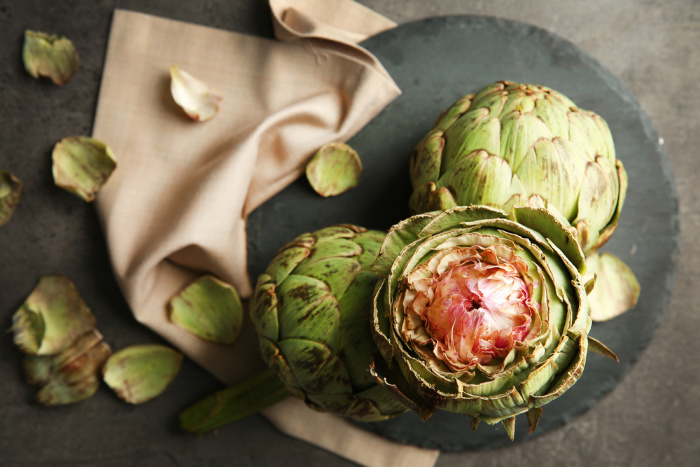

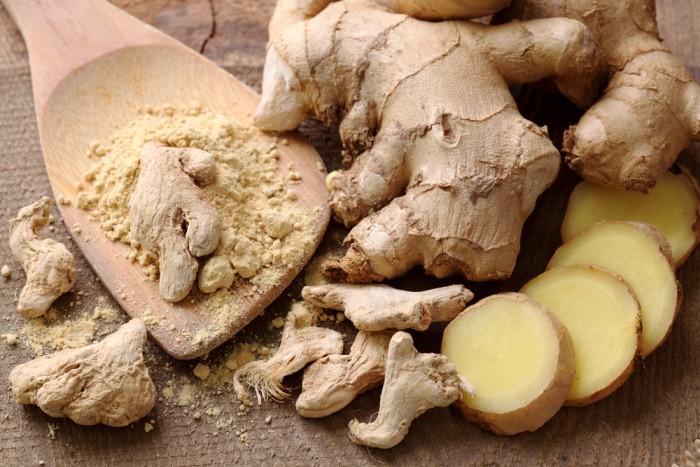
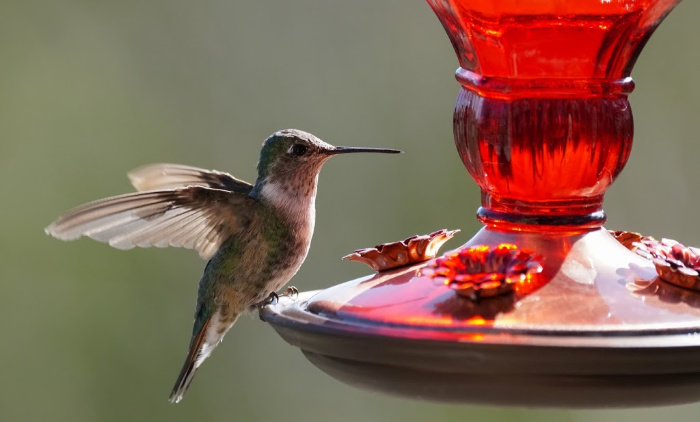
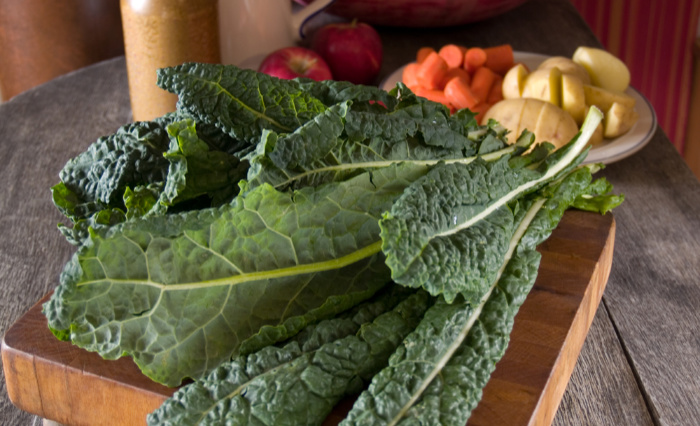
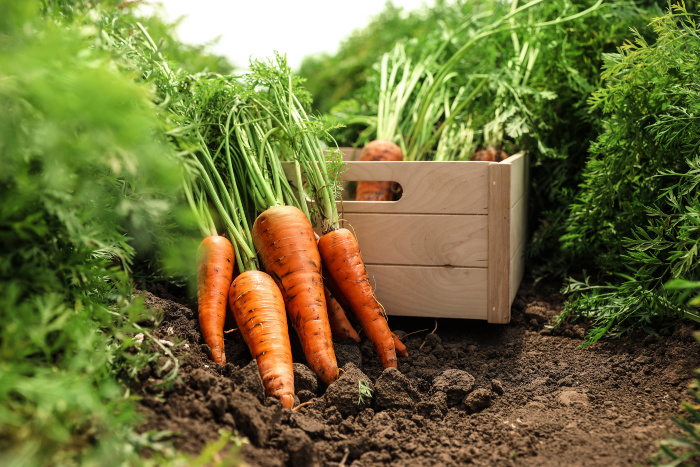
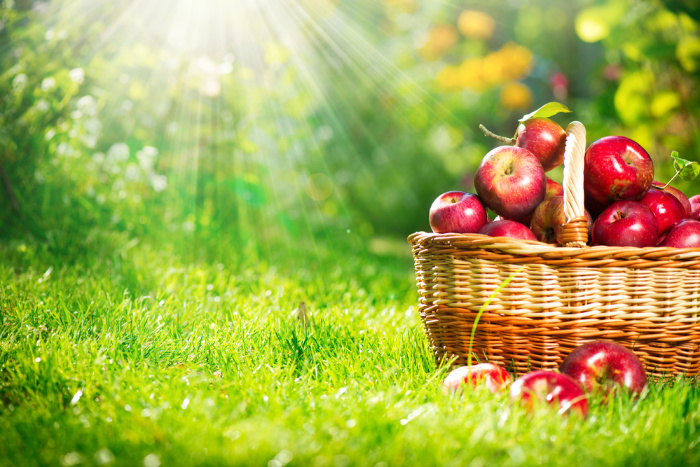
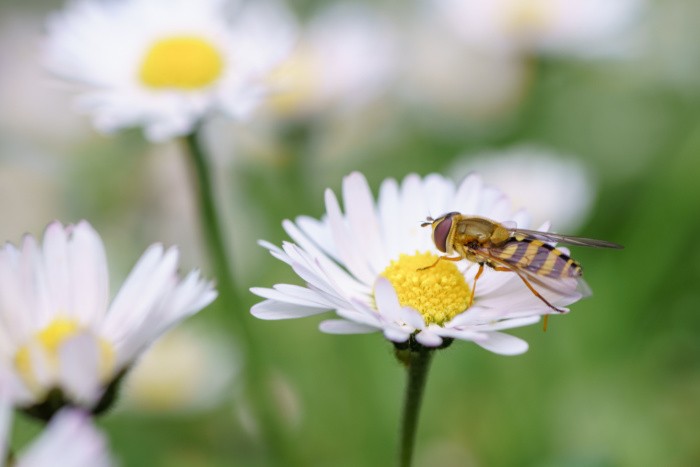
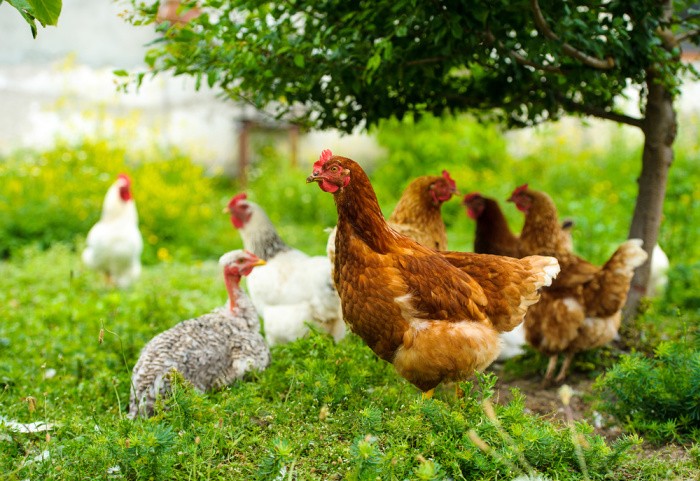
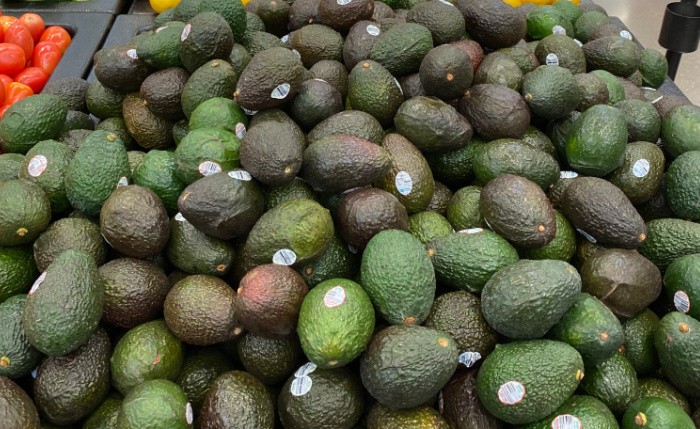
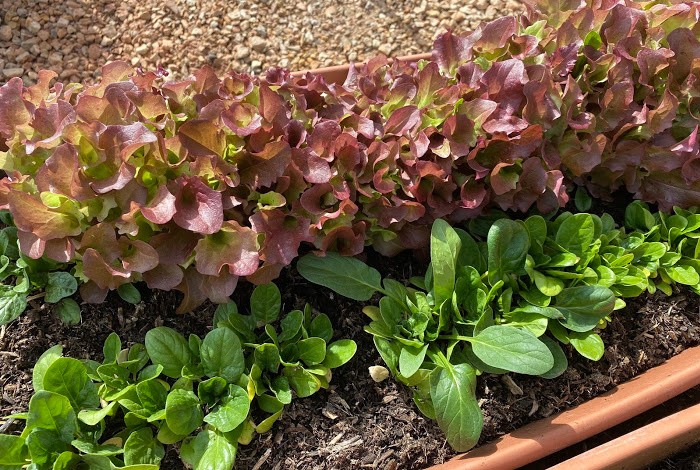

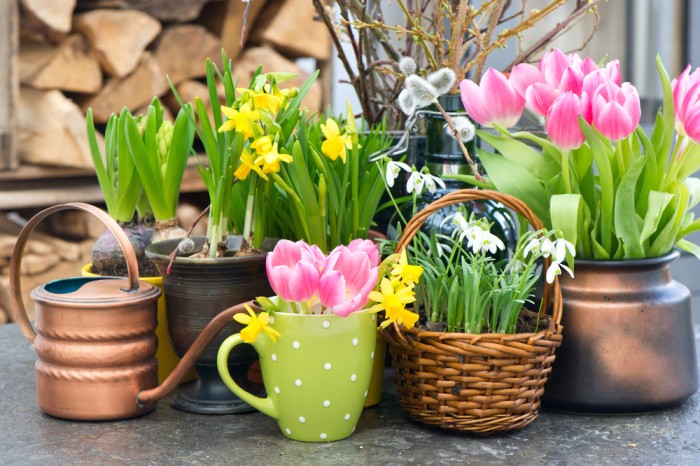




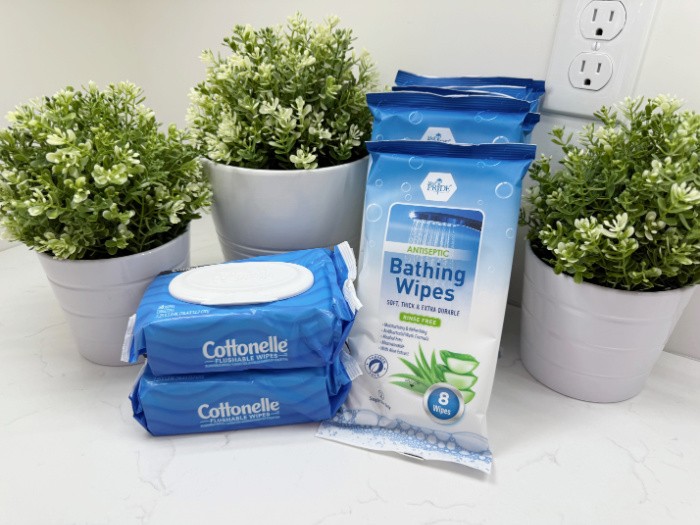

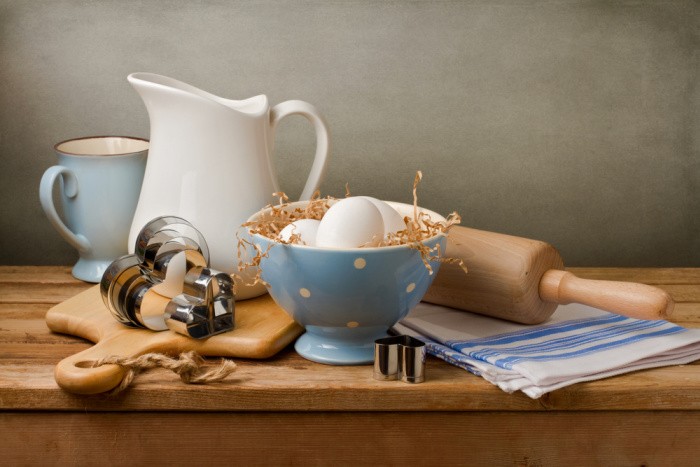

Thank you for the artichoke information. I would be interested if you could continue, with info such as dividing existing artichoke plants. Perhaps an illustration of what are the edible parts. Some of your favorite recipes would be great.
HI Laura, that’s a great idea. Linda
My sister and brother-in-law grew a lot of artichokes when they lived in California. When they moved to Washington, they wanted to bring the plants with them. He knew the harsh winters would be a problem though. He created a system where he can protect the plants during the coldest times with a tunnel type greenhouse. He made it with removable panels that are easy to put on/take off and store.
They have been in Washington 10 years now and still harvesting from the plants they brought with them.
Hi Leanne, I would love a tunnel type greenhouse. I love hearing that those artichokes are still being harvested after so many years, love it! Linda